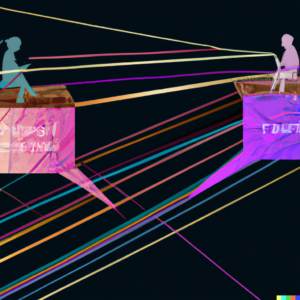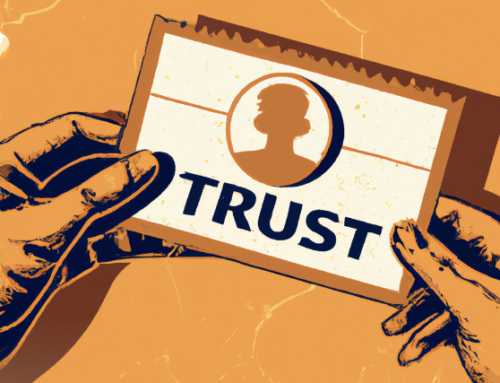By Bekkah Frisch, Marketing Executive
In recent years, blockchain technology has emerged as a game-changer in various industries—finance, transactions, and most recently, loyalty programs.
Social media is the next frontier.
With the advent of Web3, a new era of decentralized and community-driven social media platforms is nearly upon us.
Decentralized, community-driven social platforms are almost here
Unlike Web2 companies such as Twitter, Instagram, or Facebook, social media platforms built directly on the blockchain will offer greater transparency, security, and privacy for users. Furthermore, they will provide more ownership to the community members who use them, with token economies incentivizing participation and interoperability allowing for better access to resources and information.
Let’s delve deeper into how blockchain technology is shaping the future of social connection and community building by exploring the advantages Web3 offers over traditional Web2 platforms.
Decentralization
Web3 is built on decentralized technologies like blockchain, which means that it is not controlled by a single entity. This offers advantages like increased transparency, security, and privacy for users. Twitter recently tried to increase security and transparency through its Twitter Blue program—a move that backfired when satirical accounts were able to pay to impersonate major brands, celebrities, and influencers. Web3’s decentralized technology and transparency eliminate issues like these, building trust and offering authentic connection for brands and individuals alike.
Community Ownership
Web3 platforms can be designed to give more ownership to the community members who use them. For example, users can have a say in how the platform is governed and in the decisions that are made about the platform’s development. Nike’s Swoosh community provides users the opportunity to create and trade branded virtual sneakers, apparel, and accessories—opportunities that are unheard of in Web2 applications. These experimental platforms are setting the stage for large-scale ownership of the community on a structural level.
Incentives for participation
Web3 platforms can use token economies to incentivize participation and reward users for contributing to the community. This can lead to more engaged and active communities, as well as more sustainable business models. Starbucks Odyssey is a great example of a token economy within a loyalty program; users own their loyalty rewards and can easily buy or sell them to other users.
Interoperability
Web3 platforms can be designed to work together and share data in a more seamless way. This can lead to more connected and integrated communities, as well as better access to resources and information. Starbucks and Delta Airlines have joined forces with their discrete Web3-based loyalty programs, exploring synergies that can be applied to other use cases, like social media platforms.
Openness: it’s the way of the future
Web3 platforms are designed to be open, which means they are accessible to everyone and can be built upon by anyone. This can lead to more innovation and creativity in the rapid development of new features and functionality that change and grow with the community.
The right tech partner will create a smooth, easy-to-use interface that offers the best of web2 and web3 functionality.
Where will the Future of Social Connections and Web3 Take Your Brand?
Overall, Web3 offers a more decentralized, community-driven, and interconnected approach to social connections and community building than Web2 social media platforms like Twitter or Instagram.
Web2 attempts to improve transparency and security are clunky, at best, and often ineffective or frustrating for typical users to navigate.
For forward-thinking brands ready to make their move, Web3 Pro and our white-label Hub Engagement Platform are here to help.
Contact us today to plan your brand’s strategic entry into Web3 today.








